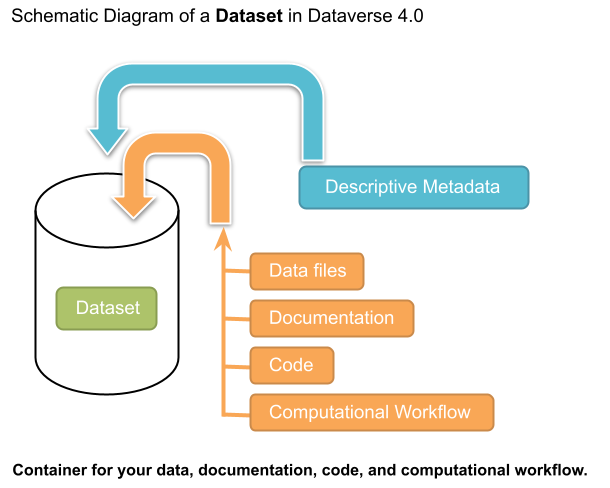Data
In general, data is a symbolic representation (numeric, alphabetic) of an attribute or characteristic of an entity. For data to have semantic value, it is advisable to go through a series of phases. Data tends to transform into information to convey meaning, knowledge, ideas, or conclusions.
Research data
Research data is all the information that has been gathered, observed, generated, or created from the beginning to the end of a project. The set of data accumulated during the development of a project, necessary to validate the results, covers a wide range of types of information, and the data can be structured and stored in a variety of file formats.
FAIR data
FAIR data refers to research data and its metadata that adhere to the principles of findability, accessibility, interoperability, and reusability. For a dataset to meet FAIR principles, the data and its metadata should be deposited openly as much as possible.
Dataset
A dataset is a collection of information related to a specific topic that can be analyzed as a single entity. Datasets can be tabular or non-tabular, categorized by the type of information they contain, such as:
- Numeric
- Categorical
- Correlation
- Bivariable
- Multivariable
In RDR, a dataset is a container that can include data, documentation, code, and metadata describing this collection of data.
Data within a research project is a model illustrating the stages of data management and how data flow through a research project from inception to publication. In this section, the goal is to provide an overview of best practices for managing research data. Some benefits of managing research data are:
- Data Acquisition/Collection
- Preprocessing
- Analysis
- Publication
During the data lifecycle, data can exist in various types and formats, from arrival to publication.
Types of Data |
|---|
| Boolean (Vertader, Fals) |
| Character (“B”) |
| Data (25/01/2023) |
| Integer (2000) |
| String (abcd) |
| Void (No data) |

